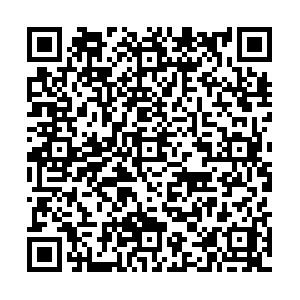Abstract:
When measuring the oil concentration lower than 10 mg/L in reinjection water based on ultraviolet fluorescence method, high thermal power of the light source will reduce the accuracy of measurement results. To reduce the thermal power of light source, pulse modulation dimming method (duty ratio less than 50%) was proposed to replace square-wave modulation dimming method (duty ratio equal to 50%). Two noise analysis models for pulse modulation and square-wave modulation dimming method were built. Signal-to-noise ratio (SNR) of measurement results for two methods were compared. The relationship between SNR and light source power was derived. The optimum choices of current amplitude and duty ratio for pulse modulation dimming method were proposed under the condition of the same signal-to-noise ratio. Results show that the light source power for pulse modulation dimming method is less than 21% of that for square-wave modulation dimming method under the condition of the same signal-to-noise ratio. Finally, signal demodulation models of two dimming methods were simulated by MATLAB software. The simulated relationship of SNR for two methods is consistent with the theoretical analysis results.
 Abstract: When measuring the oil concentration lower than 10 mg/L in reinjection water based on ultraviolet fluorescence method, high thermal power of the light source will reduce the accuracy of measurement results. To reduce the thermal power of light source, pulse modulation dimming method (duty ratio less than 50%) was proposed to replace square-wave modulation dimming method (duty ratio equal to 50%). Two noise analysis models for pulse modulation and square-wave modulation dimming method were built. Signal-to-noise ratio (SNR) of measurement results for two methods were compared. The relationship between SNR and light source power was derived. The optimum choices of current amplitude and duty ratio for pulse modulation dimming method were proposed under the condition of the same signal-to-noise ratio. Results show that the light source power for pulse modulation dimming method is less than 21% of that for square-wave modulation dimming method under the condition of the same signal-to-noise ratio. Finally, signal demodulation models of two dimming methods were simulated by MATLAB software. The simulated relationship of SNR for two methods is consistent with the theoretical analysis results.
Abstract: When measuring the oil concentration lower than 10 mg/L in reinjection water based on ultraviolet fluorescence method, high thermal power of the light source will reduce the accuracy of measurement results. To reduce the thermal power of light source, pulse modulation dimming method (duty ratio less than 50%) was proposed to replace square-wave modulation dimming method (duty ratio equal to 50%). Two noise analysis models for pulse modulation and square-wave modulation dimming method were built. Signal-to-noise ratio (SNR) of measurement results for two methods were compared. The relationship between SNR and light source power was derived. The optimum choices of current amplitude and duty ratio for pulse modulation dimming method were proposed under the condition of the same signal-to-noise ratio. Results show that the light source power for pulse modulation dimming method is less than 21% of that for square-wave modulation dimming method under the condition of the same signal-to-noise ratio. Finally, signal demodulation models of two dimming methods were simulated by MATLAB software. The simulated relationship of SNR for two methods is consistent with the theoretical analysis results.

 E-mail Alert
E-mail Alert RSS
RSS


